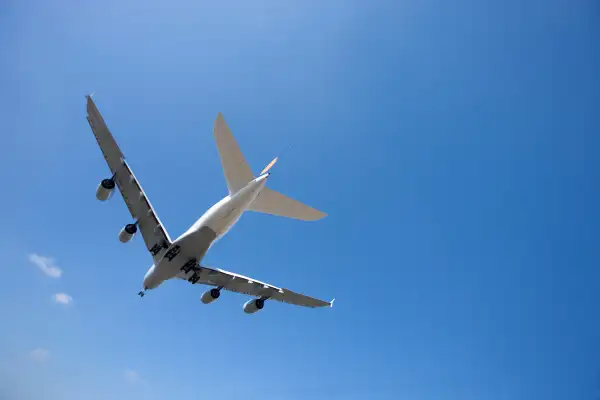This Is the Cheapest Day to Fly This Summer

If you haven’t taken a summer vacation yet, you’re in luck: According to the website FareCompare.com, August 23 is the “magic date” to fly if you want to snag the lowest airfares.
“You can shop now, but be sure your itinerary starts on Aug. 23 or beyond to take advantage of the fall savings,” the site’s blog suggested.
Of course, there’s lot of advice out there about when to book and when to fly to get a cheap airfare. The experts tell you to stay up late and book at midnight on Tuesdays — or wait, maybe Sunday — and to book roughly two months before a flight for the best average airfares. That is, except for around Christmas, when you’ll want to give yourself closer to three months’ lead time.
Some of these pointers aren’t mutually exclusive. When to book and when to fly are different considerations, and you can incorporate time of day or day of week advice into your search strategies while keeping an eye on the broader seasonal context.
Read next: Where to Find Five-Star Hotels for Three-Star Prices
One reason you see different numbers is that the airlines don't like to disclose their internal pricing research. “The most closely held secret is booking data,” said Rick Seaney, co-founder and CEO of FareCompare, one of several online resources that let travelers track airfares in the future.
The other problem is that pricing data is a bit of a moving target for everyone. It's akin to weather forecasts in that the results are based on historical trends. As long as demand patterns remain similar from season to season and year to year, the predictions have the best shot at being correct.
But unexpected events—such as terrorism, disease outbreaks, and big economic or political upheavals (Brexit anyone?)—can throw a monkey wrench into the calculations by dropping or shifting demand and changing prices, which often leads to a new flurry of when-to-buy-and-fly advice.
More powerful computers and programs today make it easier for companies such as FareCompare to slice and dice airline data and identify patterns in pricing and booking. “We see raw data from the airlines, we then have flight schedules and marry them all together,” Seaney said.
Seaney identified August 23 because it coincides with a scheduling trough in U.S. bookings: kids are headed back to school, which is a historical predictor of decreased demand. International carriers also follow a seasonal schedule, and this year, August 23 is the cutoff for the pricier summer fare season.
There's one more golden coincidence: “August 23 happens to be on a Tuesday, which is the cheapest day to fly,” Seaney said. These three events generally happen near each other but don’t often all fall on the same date, making this year’s “magic date” a bit more of a sure thing. As for how much you could save, Seaney said previous years’ data shows drops of up to 20% from summer fares.
